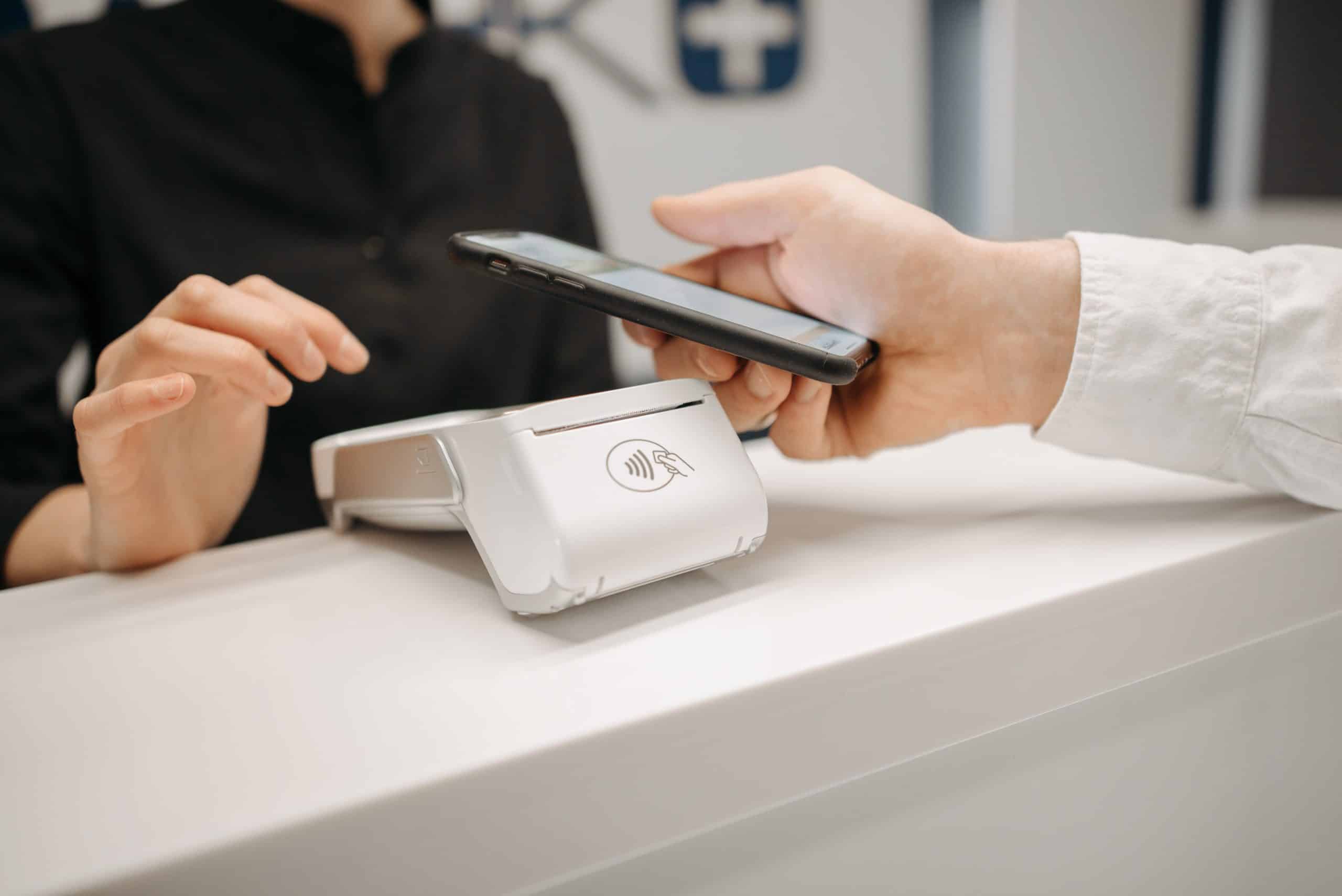For merchants who are considered high risk for one reason or another, it can be hard to find a payment processor willing to partner with you. Even third-party payment service providers like Square or Stripe that boast easy and fast applications are liable to freeze or completely close your account with little or no notice.
Fortunately, payment processors like National Processing offer high risk merchant accounts so that merchants can continue growing their business. Learn more about this unique type of account and how to get one below.
What Is a High Risk Merchant Account?
A high risk merchant account is one designed specifically to meet the unique needs of a high risk merchant. While not all payment processors offer one and the exact terms and conditions can vary, the perks of a high risk merchant account provider can include:
-
- The processor partners with a wider variety of banks to increase the odds of finding the right one to place your merchant account.
-
- Merchants can process card payments even with bad credit, lack of transaction history, and other issues that can make getting a merchant account difficult.
-
- High risk merchant accounts often come with stronger chargeback protection
-
- Stricter cash reserve requirements provide more coverage for surprise chargebacks
With that in mind, these types of accounts also come with higher processing fees. They also typically come with stricter terms and conditions, like that stricter cash reserve requirement as well as longer contract terms or additional fees.
That’s why it’s so important to shop around and understand exactly what fees you can expect to pay and what your high risk merchant account will include.
How Do I Get a High Risk Merchant Account? 5 Steps to Apply for A High Risk Merchant Account
The application process will vary from one provider to the next, but these are the basic steps you can generally expect to take in any application, along with a couple of tips for increasing your odds of approval as much as possible.
1. Tackle the High Risk Factors You Can Control
Many of the factors that define a high risk merchant are out of your control to change. One risk factor is being a new business, for example, and there’s not much you can do about that except keep going and wait until your business is no longer considered new.
But some of the factors are things you can address like your business credit score or chargeback ratio. Sure, you can’t change these overnight, but you can take steps to start to build business credit or reduce chargebacks. Then, you can show those steps you’ve taken to the payment processor to demonstrate that you’re headed in the right direction.
2. Find the Right High Risk Merchant Account Provider
As a high risk merchant account, finding a payment processor who will partner with you is tricky but not impossible. To start, just because a payment processor says they offer high risk merchant accounts doesn’t mean they work with every type of high risk merchant. They may still have certain exclusions or criteria you have to meet.
More importantly, not all payment processors are created equal. You need to make sure they can provide the support and tools you need for your business. Some questions to ask when shopping for a high risk merchant account provider include:
-
- What kind of chargeback protection features and anti-fraud tools do they provide?
-
- Do they support the forms of payment that I need to be able to process?
-
- How much cash reserves will I be required to maintain? Is it a rolling reserve or upfront deposit?
-
- What are the caps on monthly transaction volume? Is that high enough?
-
- How much are the payment processing fees? What other fees will I be subject to?
3. Contact the Payment Processor
Many processors prefer to start with an initial consultation to learn some basics about your business and the kind of services you’ll need. This is an important first step because it helps the processor start narrowing down the best bank to place your merchant account and crafting a custom strategy that fits your needs.
It’s important to be as honest and forthcoming as you can here. Withholding information that might flag your business as high risk in the hope of increasing your odds of approval can really backfire, especially with processors who offer high risk merchant accounts.
At National Processing, for example, if your business credit score isn’t great, they’ll submit your application to banks that don’t automatically deny on the basis of credit. But they can’t craft that custom strategy if you’re not as forthcoming as possible about your business.
4. Gather Your Documents
Specific requirements will vary depending on which payment processor you’re applying for a high risk merchant account with. However, most will want to see your business license or certificate of incorporation along with other business documentation and identification. They will also want to see 3-6 months of bank statements, processing history, and other documentation related to your business’s financial health and transaction volume.
The processor will likely give you a checklist you can use to put together everything you need. If you can submit all the documentation at once, you’ll be able to speed up the underwriting process and get your new high risk merchant account opened quickly. However, if you aren’t able to gather everything right away, you can often submit documents in increments.
5. Implement a PCI Compliance Process
Applying for a high risk merchant account is only half the battle. Once you have the account, you need to remain in compliance with Payment Card Industry (PCI) regulations. This is a set of standards including strict data encryption, antivirus protection, and other security measures that all merchants accepting card payments must comply with.
While not required by law, the standards are enforced by major card payment networks like Vis and MasterCard as well as the PCI security standards council. The bank where your merchant account is placed can be fined anywhere from $5,000 to $100,000 per month for compliance violations and most pass those fines along to merchants. If your account is consistently non-compliant, the bank might choose to terminate your relationship. You can find the specifics on this in the terms and conditions when you’re setting up your account.
If you previously had an account with Square, Stripe, or a similar third-party payment service providers, a lot of those PCI compliance requirements were handled by the provider. But when you open a dedicated merchant account, you will need to implement all 12 PCI compliance requirements yourself.





